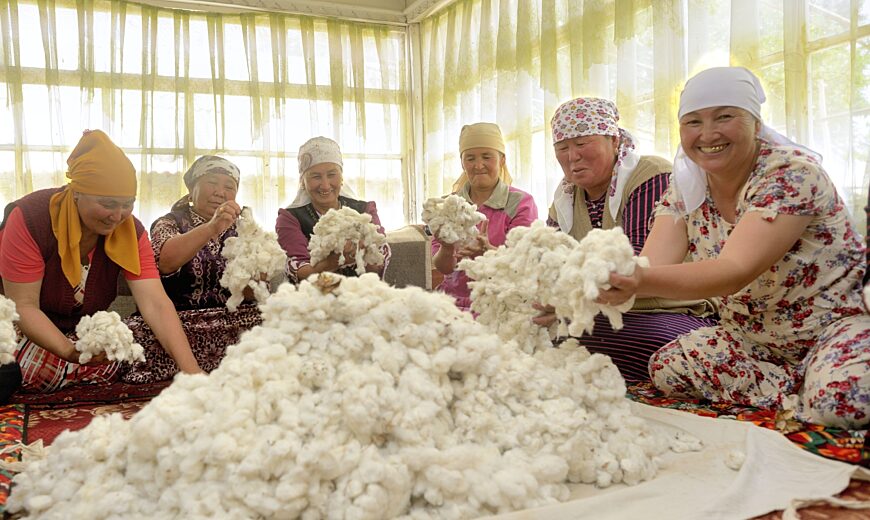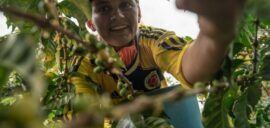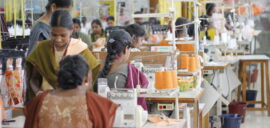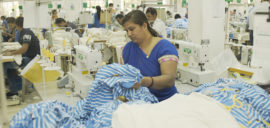Cotton - Key data about Fairtrade Impact
Would you like to learn how many producer organizations are involved in Fairtrade Cotton? Or how many workers and farmers you can find per country? Visit our Top 7 product dashboard
Cotton is part of the fabric of everyday life: you’re probably wearing some right now. Around 100 million rural households are engaged in cotton production in more than 75 countries around the globe.

Ninety percent of the world’s cotton farmers live in developing countries, which is where Fairtrade focuses its efforts.
The cotton industry is worth over US$50 billion a year, but five countries – China, India, the US, Pakistan and Brazil – produce the majority of the roughly 26 million tonnes of cotton harvested in each year. Along with Turkey and the European Union, heavy subsidies by these major players keep the global cost of cotton artificially low. This puts pressure on small-scale farmers in countries where governments lack the resources for similar subsidies.
Fairtrade works with farmers who’ve formed small producer organizations, as well as contract production organizations in the process of forming independent cooperatives. Many Fairtrade cotton organizations are in West Africa – namely Mali, Senegal, Cameroon and Burkina Faso. But it's India that grows the most Fairtrade certified cotton.
Cotton production is linked to several environmental issues: Extensive usage of agrochemicals and excessive use of water put fresh water supplies for local populations at risk. Unpredictable weather conditions also endanger the livelihoods of small-scale farmers. Fairtrade works with farmers to stop or reduce the usage of agrochemicals and supports them to adapt to changing climate patterns. Fairtrade cotton fields in Western Africa and India are rain-fed, reducing the region’s water footprint, when compared with production in other countries.
Requirements in the Fairtrade Standards also protect farmers’ health and safety, and ban genetically modified cotton seeds. A large percentage of Fairtrade cotton is also organic certified, and Fairtrade encourages and empowers cotton farmers to protect the natural environment as an integral part of their farm management.
There are other important advantages for Fairtrade cotton farmers, too.
Would you like to learn how many producer organizations are involved in Fairtrade Cotton? Or how many workers and farmers you can find per country? Visit our Top 7 product dashboard
Since the introduction of Fairtrade cotton, Fairtrade’s goal has been to also address the unsafe and unfair labour conditions in cotton processing and textile factories. In 2016, Fairtrade introduced the new Fairtrade Textile Standard and Programme to reach people at all stages of the textile production chain – from seed cotton to finished garments.
There’s a lot of cotton out there, but when you opt for Fairtrade cotton goods you are empowering small-scale farmers and pushing the industry to become sustainable.

As 2023 gets underway, it is time to focus on the road ahead. We have an ambitious strategy to guide us through to shape a world which is fairer for people and the planet.

A paradigm shift in the conversation around sustainable textiles and human rights and environmental due diligence in textile supply chains.
